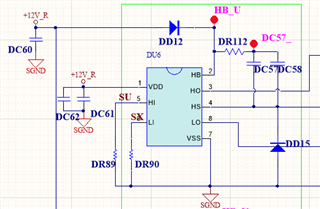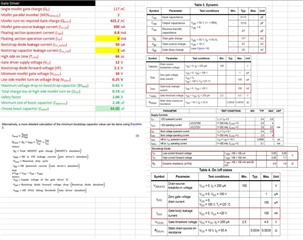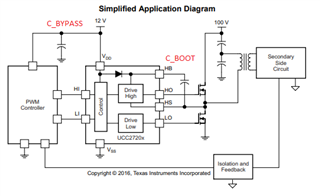Customer found some failure returns from field site after customer product released for some years. The failure part including MOSFET and boostrap cap.
In the schematic, DC57 and DC58 are 22uF Cap, and there is an ex. diode added.
Is there any risk when higher boostrap cap 22uF x2 being used? Please describe it more details and advice.

Application: e-scooter
DC Bus: 48V
Regards
Brian



